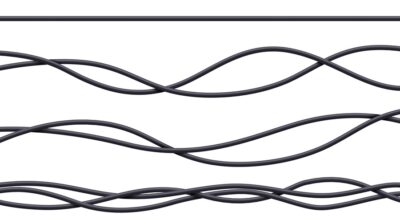Timber has been a cornerstone of interior design for centuries, captivating designers and homeowners alike with its natural warmth, versatility, and enduring appeal.
Read on to discover how, timber’s intrinsic beauty and adaptability make it a perennial favorite in spaces that strive for both elegance and functionality—from rustic farmhouses to sleek modern lofts.
A Timeless Aesthetic
One of the most striking attributes of timber is its timeless aesthetic. Unlike many contemporary materials that can quickly fall out of favor, timber offers a warm, organic quality that never goes out of style. Its natural grain, rich textures, and subtle color variations create a sense of comfort and authenticity, transforming any room into a welcoming sanctuary. Whether used as exposed beams, accent walls, or statement pieces of furniture, timber effortlessly infuses spaces with a blend of tradition and modernity that appeals to a broad spectrum of design tastes.
Durability and Versatility
Beyond its beauty, timber is renowned for its durability. Properly treated and maintained, timber can last for generations, standing up to daily wear and tear while continuing to age gracefully. This resilience makes it an ideal choice for high-traffic areas like kitchens, living rooms, and hallways. Moreover, timber’s versatility allows it to be adapted for various styles—from the rugged charm of reclaimed wood in industrial designs to the sleek sophistication of polished hardwood in contemporary settings.
In addition, timber is a material that naturally adapts to its surroundings. Its ability to be easily carved, stained, or finished allows designers to experiment with different looks and textures. This flexibility means that timber not only acts as a structural element but also as a canvas for creativity. For instance, integrating timber accents with modern fixtures can create a striking contrast that elevates the overall design narrative of a space.
Sustainability and Eco-Friendliness
In today’s eco-conscious world, the sustainability of building materials is more important than ever. Timber, when sourced responsibly, is a renewable resource that boasts a lower environmental footprint compared to many synthetic alternatives. Many modern timber products come from managed forests where sustainability is a priority, making them a responsible choice for environmentally aware homeowners.
Furthermore, timber’s natural insulating properties contribute to energy efficiency by regulating indoor temperatures. This not only enhances comfort but also reduces energy consumption, supporting a greener lifestyle. The use of timber in interior design thus aligns both aesthetic and ecological considerations, proving that style and sustainability can indeed go hand in hand.
The Natural Connection and Biophilic Design
Incorporating timber into interior design is also a key aspect of biophilic design—a concept that emphasizes the human connection to nature. Exposed wooden elements, whether in furniture, flooring, or ceiling beams, help bridge the gap between indoor environments and the natural world.
This connection can have a positive impact on wellbeing, reducing stress and boosting overall mood. As urban living becomes increasingly common, the desire to bring natural elements indoors has never been stronger, and timber provides the perfect means to achieve this balance.
A Foundation for Innovative Spaces
Timber’s adaptability extends into specialized areas of design as well. For example, loft conversions have become a popular way to maximize living space in modern homes, and timber plays a pivotal role in these transformations. Not only does timber contribute to the structural integrity of loft spaces, but it also enhances the aesthetic appeal, creating a cozy yet contemporary vibe.
For those looking to seamlessly blend practicality with style, quality solutions such as wooden loft ladders are a testament to timber’s versatility. These ladders combine robust construction with an elegant design, ensuring safe access to loft spaces while adding a refined touch to your interior décor.
Closing Remarks
The enduring appeal of timber in interior design lies in its ability to bridge the gap between traditional craftsmanship and modern innovation. Its natural beauty, combined with durability, versatility, and sustainability, makes it an ideal choice for a wide range of design applications.
Whether you’re renovating an old space or creating a brand-new environment, timber offers a rich palette of possibilities that cater to both aesthetic desires and practical needs.










